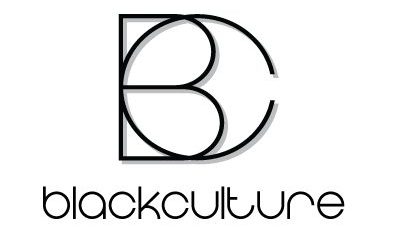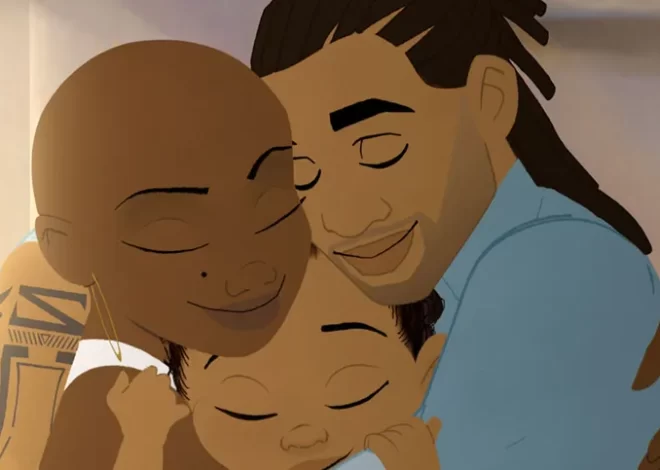
The Darkness of Light / The Problem with ‘Light Girls’
This critique is not meant to discredit the experiences of the women interviewed, but to analyze the discussion and look further into the source(s) of colorism.
After watching Bill Duke’s documentary Light Girls, there seemed to be a few things left unsaid. It didn’t shed a lot of light on the larger issues of black women being held to impossible western beauty standards through media archetypes, which is done for the social, economic and political gains of the white majority. Instead it seemed to focus on the idea that the closer we are to whiteness, the more benefits we reap although this privilege also comes with backlash from our own communities.
Colorism Stems from White Supremacy
As Wayne Brady put it, we are programmed to believe our hues are an external gauge of character. Why? White slave owners first pitted us against each other. Light skin means you’re worthy to enter the house. Dark skin means you were responsible for tending to the fields or crops. This stems from white supremacy. Yes, black women of different hues compare and pit themselves against each other, but someone else first compared our blackness to white beauty standards. “Colorism is as damaging as racism.” What if it is an extension of racism that we have come to use to categorize one another?
Not an Oppression Olympics
With two separate documentaries focused on one overarching problem, a lot of focus was put on who has it worse: light skinned or dark skinned women. The issue is that black women have been damaged by our society and in turn have begun to self-segregate and damage one another. The divisions of the discussions, at points, seemingly enforce the pitting of women of lighter hues against their darker hued sisters. As black women, we are all damaged. We’re all told we’re not good enough as we try to carry on in a society that has omitted images and representations of our kind of beauty. While light girls are told they’re not black enough and dark girls are told they’re too ethnic looking, it stems from the fact that there are limited roles for black women in media. Actress Cynthia Kaye McWilliams said, “It’s not just about color, it’s about the idea that someone is deciding for us what is standard, accepted, pretty… We have to really begin to recognize it as it’s developing within our households, school systems, cultures and stop it.”
Colorism is a learned behavior. It is important that we focus on where this behavior stems from. The schism exists because white supremacy and structures have created light skinned privilege. Making this a larger part of the discussion would have been useful to Light Girls.



